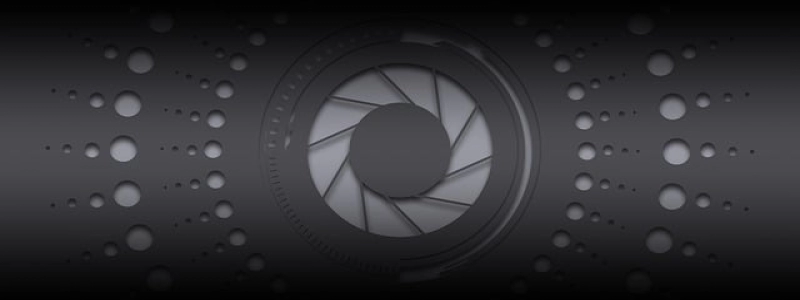Energy Dispersive X-ray (EDX) Spectroscopy
Introduction:
Energy Dispersive X-ray (EDX) spectroscopy is an analytical technique used to determine the elemental composition of a material. It is based on the interaction of high-energy X-rays with the atoms present in the sample, which in turn emit characteristic X-rays. These emitted X-rays are collected and analyzed to identify and quantify the elements present in the material.
Principle of EDX Spectroscopy:
When a high-energy electron beam or X-ray beam interacts with a sample, it causes the atoms in the sample to become excited. This excitation leads to the emission of photons, including X-rays, from the sample. Each element present in the sample produces a unique set of X-rays with specific energies. By measuring the energy of these X-rays, it is possible to identify the elements present.
Instrumentation:
An EDX spectrometer consists of three primary components: an X-ray source, a sample holder, and a detector. The X-ray source typically employs an X-ray tube, which produces X-rays by bombarding a metal target with high-energy electrons. The sample is placed in close proximity to the X-ray source, allowing for efficient emission and detection of X-rays. The detector collects the emitted X-rays and converts them into electrical signals, which are processed to obtain the energy spectrum.
Working Principle:
The X-rays emitted from the sample interact with the detector and produce a characteristic energy spectrum. The peaks in the spectrum correspond to the different elements present in the sample. The position of each peak is determined by the energy of the emitted X-ray, which is specific to each element. The intensity or height of each peak is proportional to the amount of the respective element in the sample.
Data Analysis:
The energy spectrum obtained from the detector is analyzed using specialized software. The software compares the positions and intensities of the peaks in the spectrum with a database of known elemental signatures. Based on this comparison, the software identifies the elements present in the sample. The software also allows for quantification of the elements, enabling determination of their relative abundances.
Applications of EDX Spectroscopy:
EDX spectroscopy has a wide range of applications in various fields. It is commonly used in materials science to analyze the elemental composition of metals, ceramics, polymers, and other materials. It is also utilized in forensic science, geology, environmental science, and archaeology. EDX spectroscopy plays a crucial role in quality control, failure analysis, and research and development processes.
Conclusion:
Energy Dispersive X-ray spectroscopy is a powerful analytical tool for determining the elemental composition of materials. Its non-destructive nature, high sensitivity, and wide elemental coverage make it an invaluable technique in various scientific and industrial applications. By providing detailed information about the elemental composition, EDX spectroscopy aids in understanding the properties and behavior of materials.







